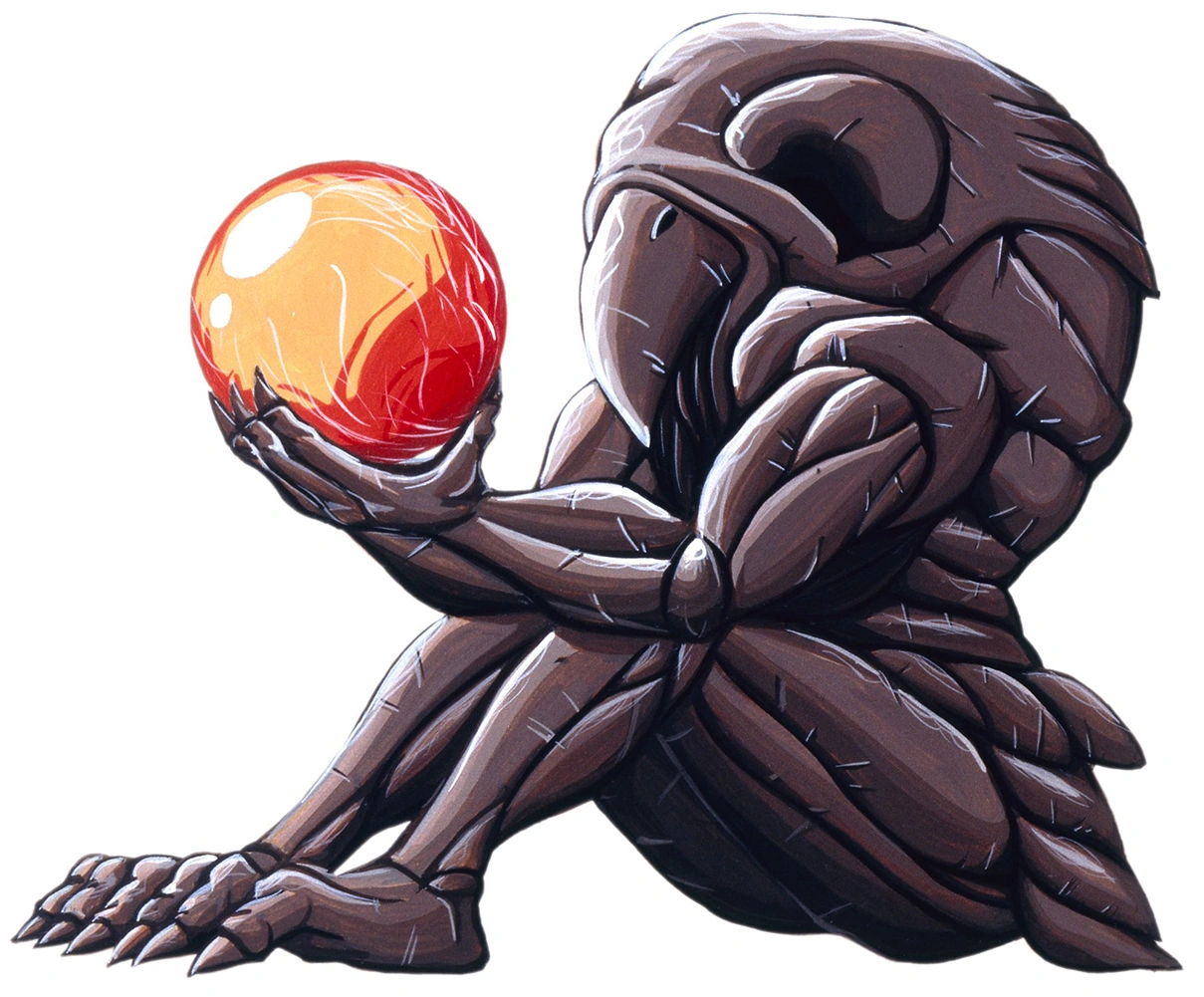These have been around for at least a decade, maybe two. It’s hardly a novel concept. Yes, they’re potentially a crutch for buildings with spaces that don’t get (enough) natural light… but they also do so on overcast days too.
IIRC similar lights are also common in Arctic regions, where the “night” can last for a couple of months straight.
Yeah. I would love something like this for the long, dark winter.
Same, but metaphorically and without serotonin hangovers.
I’d love having some of these. And I have windows.
I’d love having these, and I have skylights. It’s not just to spread the light to the rest of the house, but my weather is too dreary too often. I want skylights that work well even on cloudy days
Not as nice as these but I’ve seen similar lights used in hospitals. To give bed bound patients who can’t or shouldn’t necessarily be rolling over something nicer to look at than a fluorescent ceiling light.
Yeelight probably has the worst app I’ve ever used in my life
I’m curious how these work. How do they manage to keep the light in the room from being flooded with blue? With a real skylight, the blue that you see is nowhere near the actual window so you get largely white light in the room, but distancing the blue sky obviously isn’t possible with something like these. Even if the blue part isn’t illuminated, it’s still close enough to the light source that it’s going to reflect a lot of blue light into the room, which I feel would ruin the illusion of a “real” skylight.
I’d have to imagine that these don’t actually work anywhere near as well as the video - with its full studio lighting - would suggest.
I imagine the blue is actually a dim LCD type display and the light comes from below that, washing out the blue light
That’s just climate change with more steps.
That just sounds like quoting Rick & Morty with extra steps.






